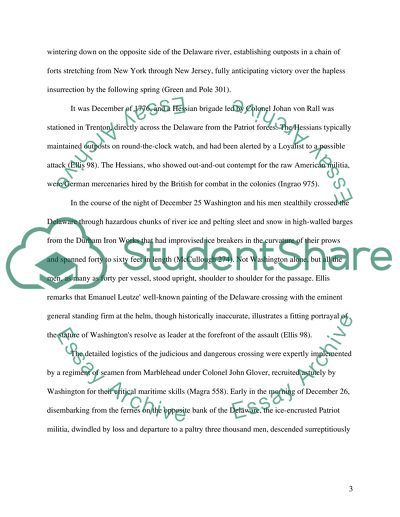Cite this document
(Altering the Course of the American Revolution Essay, n.d.)
Altering the Course of the American Revolution Essay. Retrieved from https://studentshare.org/history/1536403-the-battles-of-trenton-and-princeton-altered-the-course-of-the-american-revolution
Altering the Course of the American Revolution Essay. Retrieved from https://studentshare.org/history/1536403-the-battles-of-trenton-and-princeton-altered-the-course-of-the-american-revolution
(Altering the Course of the American Revolution Essay)
Altering the Course of the American Revolution Essay. https://studentshare.org/history/1536403-the-battles-of-trenton-and-princeton-altered-the-course-of-the-american-revolution.
Altering the Course of the American Revolution Essay. https://studentshare.org/history/1536403-the-battles-of-trenton-and-princeton-altered-the-course-of-the-american-revolution.
“Altering the Course of the American Revolution Essay”, n.d. https://studentshare.org/history/1536403-the-battles-of-trenton-and-princeton-altered-the-course-of-the-american-revolution.


